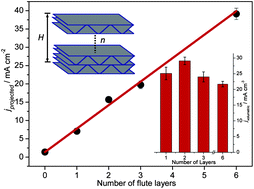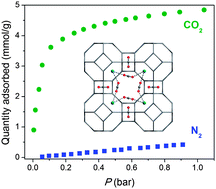The 6th ChemComm International Symposium will take place in Brazil on 5th and 8th November 2012, the first ever RSC Journal Roadshow to take place in South America. Attendance at the symposium is free of charge and student participation is strongly encouraged. Please register your interest in attending the meeting on the conference website.
The theme for the meetings is Chemistry and Sustainable Energy. Two one-day meetings will be held:
- Monday 5 November 2012 – FAPESP, São Paulo
- Thursday 8 November 2012 – COPPE-UFRJ, Rio de Janeiro
Each one day meeting will feature a selection of stimulating lectures reflecting the academic and industrial breadth of green chemistry, biofuels, sustainable energy, bioprocess including photosynthesis and catalysis (organic chemistry), delivered by internationally recognised researchers. The first one-day meeting will be held at FAPESP, São Paulo. The second one-day meeting will be held in COPPE-UFRJ, Rio de Janeiro.
Confirmed speakers:
- Chris Hardacre, Queen’s University Belfast
- Erwin Reisner, Cambridge University
- Nick Turner, Manchester University
- Karen Wilson, Cardiff University
- Carlos H. Brito Cruz, Scientific Director, FAPESP
- Igor Polikarpov, IFSC-USP
- Sidney Ribeiro, IQ-UNESP
- Liane Rossi, IQ-USP
- Ulf Schuchardt, IQ-UNICAMP
- Glaucia Souza, IQ-USP
- Elba Bon, IQ-UFRJ
- Jairton Dupont, IQ-UFRGS
- Elena Gousevskaya, IQ-UFMG
- Jerson Lima, IQ-UFRJ & FAPERJ
- Claudio Motta, IQ-UFRJ
More details about the meeting and how to register are available on the conference website.














